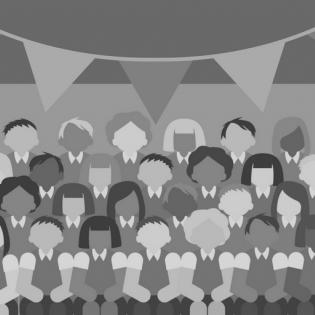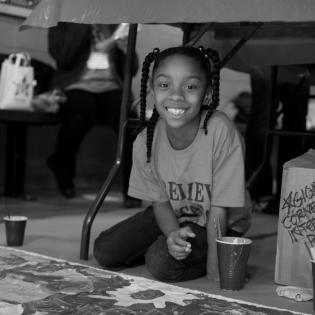Young people demonstrate that gifts do not need to be purchased with money. The best gifts are things we do with our time and talent for someone else. They brainstorm "kindness" types of gifts, such as a service or a homemade creation. They make a gift of kindness certificates....
Filter by subjects:
Filter by grades:
Filter by audience:
Filter by issue area:
Filter by content type:
Filter by resource type:
resource search
One of the ways we identify ourselves is through the culture of our gender identity. This may include our gender and how we express ourselves through our clothing, hair, and what we like to do and who we like to spend time with. This lesson raises awareness of the variety of ways people express...
Youth Activity; Students read about the philanthropy of Madam C.J. Walker, David Robinson, and Jason Crowe, and they begin to tell their own story.
"I do what I do for a simple reason, really; I like to help people." - middle school student
Learners use visual literacy skills to analyze the components and message of an image. The students identify issues that are meaningful to them and create a simple image/message and then design a social media campaign to advocate for their issue.
In this activity participants will learn about the process of reaching group consensus. The group will generate service project ideas and begin the planning process.
Use this classic example to explain how an endowment is like an apple tree.
The nonprofit sector assures we have the arts in the form of museums, theaters, ballet, and public art. Through the arts, people gain joy and explore and discuss the themes of life. Art may be an expression and communication tool to advocate for issues. This toolkit includes lesson plans, project ideas, and background information related to the arts.
Definition
Kwame Alexander’s award winning book “The Undefeated” is a poem to celebrate the creativity, perseverance, grit and impact of Black Americans on the history of the United States of America. It is both a call to action and a reminder to all that we must never give up.



